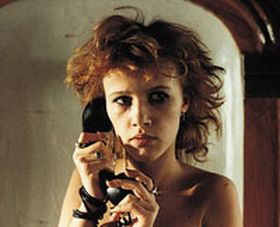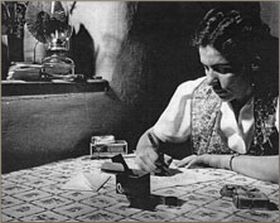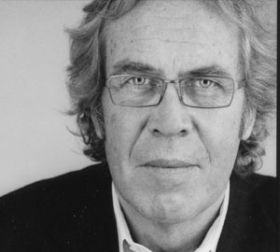


Gensyn: Ofelia kommer til byen

Der er langt tilbage til 1985, men det er rejsen værd. På fotografierne fra dengang ser jeg, at Stine Bierlich fik en Bodil (ser det ud til, hun står med den i hånden i en festkjole, som godt kunne være fra filmen) for sin fremstilling af Molly som Ofelia (eller omvendt) i Jon Bang Carlsens modige og fuldstændigt gennemførte film. “En smuk, alvorlig, sjov og skøn film…” skrev Politiken, “..sjælden og fængslende, høj og fin humor.” “En sand glæde” fortsatte Weekendavisen. Og Vestkysten lagde til: “Et folkeligt mesterværk.”
Ofelia har jo en stor rolle men i kort tid i Shakespeares stykke, hos Bang Carlsen er hun det kostant levende, vibrerende og ærlige centrum. Hele tiden øver hun sig på vandets dybder, back stage, var kun hun alene om filmen, ville hun være filmen værd. Blot at følge hendes nuancer i menneskelig følsomhed er oplevelsen. Hamlet/John følger hende i en forceret smuk udvikling mod emotionel ligeværd – Refn klipper det uden rysten på plads. Og når de to trodser skolelærerdilettantinstruktør Ægidius og hvisker Shakespeares dialog til hinanden, laver Bang Carlsen nutidig Hamlet på film, så man bliver tør i munden. Det er SÅ smukt.
Dansk film har sandelig en fortid, som kan noget. Må den bare bevares. For eksempel på bibliotekerne.. Som den litterære vist nok bliver det..
Jon Bang Carlsen: Ofelia kommer til byen, 1985. Fotografi: Alexander Gruszynski. Klip: Anders Refn. Distribution: www.on-air-video.dk VHS kopi set på www.bibliotek.dk og lånt på Randers Bibliotek, som heldigvis ikke har smidt den ud, men gemt den blandt “ungdomsfilm”, ja, den Shakespeare… Litt.: McGuffin 55/56 http://www.macguffin.dk/texts/Lyset_fra_fyret.htm








